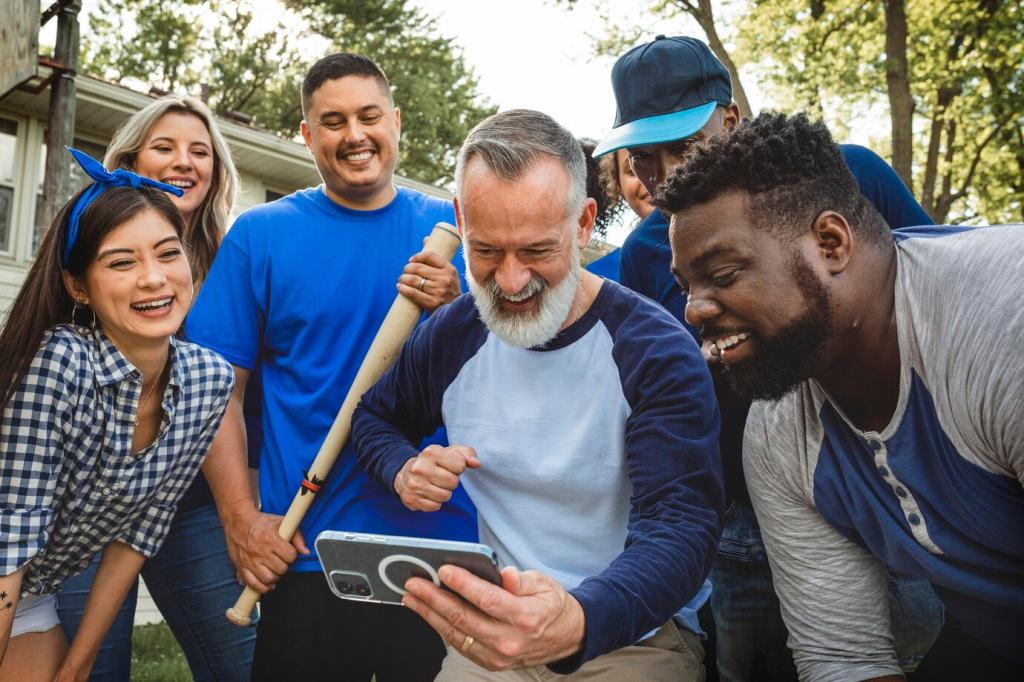Trust as the Foundation of Empowerment
When residents lead listening sessions, conversations shift from problems to possibilities. Asset maps replace deficit lists, and neighbors name their own priorities. Try hosting a monthly circle, publish the notes openly, and invite new voices to co-facilitate the next gathering.
Trust as the Foundation of Empowerment
Mutual agreements—childcare, translation, stipends, transportation—signal that participation is valued. Document roles plainly, share timelines publicly, and keep commitments visible. When people feel respected, they invest their energy, knowledge, and networks to grow programs that reflect local culture.








